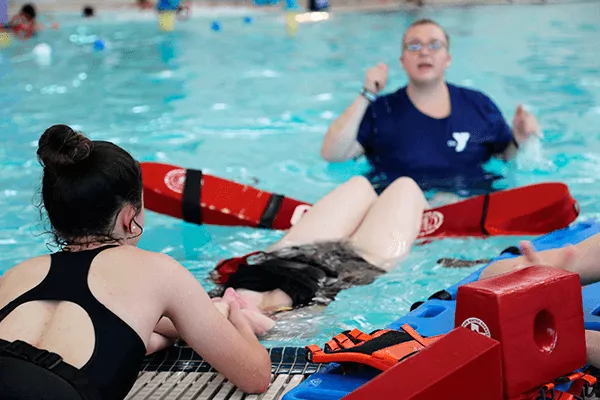Lifeguarding is a critical profession that ensures the safety of individuals in aquatic environments. With advancements in technology and training techniques, the future of lifeguarding is evolving rapidly. These innovations are making lifeguards more efficient, better trained, and equipped with tools that enhance their ability to save lives. Below are some key developments shaping the future of lifeguarding.
1. Advanced Lifeguard Training Techniques
Training methods for lifeguards are becoming more sophisticated with the integration of modern technology and science-based approaches. Some of the notable innovations include:
- Virtual Reality (VR) Training: VR simulations allow lifeguards to practice real-life scenarios in a controlled and immersive environment, helping them develop quick decision-making skills.
- AI-Powered Training Modules: Artificial intelligence is being used to create adaptive training programs tailored to an individual’s strengths and weaknesses.
- High-Intensity Scenario-Based Drills: Instead of traditional training, more lifeguards are now exposed to high-pressure, real-life emergency simulations to better prepare for critical situations.
2. Drones for Surveillance and Rescue
Drones are transforming the way lifeguards monitor and respond to emergencies. These unmanned aerial vehicles (UAVs) provide numerous benefits, including:
- Faster Response Time: Drones equipped with cameras can quickly locate distressed swimmers and relay live footage to lifeguards.
- Delivery of Rescue Equipment: Some drones are capable of dropping flotation devices to swimmers in distress before lifeguards arrive.
- Enhanced Beach and Pool Surveillance: Drones provide a bird’s-eye view, reducing blind spots and allowing for better monitoring of large crowds.
3. Smart Wearable Technology for Lifeguards
Wearable technology is improving the safety and efficiency of lifeguards. These innovations include:
- Smartwatches with Vital Sign Monitoring: These devices can track a lifeguard’s heart rate, stress levels, and hydration status to ensure they remain in peak condition while on duty.
- GPS-Enabled Wearables: Some smart gear allows supervisors to track the exact location of lifeguards, improving coordination during emergencies.
- Waterproof Communication Devices: Hands-free communication systems enable lifeguards to stay connected with team members without the need for radios or cell phones.
4. AI-Assisted Surveillance Systems
Artificial intelligence is making surveillance more accurate and efficient. AI-powered cameras and monitoring systems help in:
- Detecting Drowning Incidents: AI algorithms can analyze movement patterns in water and immediately alert lifeguards if a swimmer is in distress.
- Crowd Management: AI helps manage large crowds by identifying potential risks and ensuring proper safety measures are in place.
- Reducing False Alarms: Advanced AI systems minimize the number of false alarms, allowing lifeguards to focus on real emergencies.
5. Eco-Friendly and High-Tech Rescue Equipment
Rescue equipment is evolving to be more effective, durable, and environmentally friendly. Some new advancements include:
- Self-Propelled Rescue Buoys: These motorized buoys can reach a distressed swimmer faster than a lifeguard, providing immediate flotation support.
- Lightweight, High-Buoyancy Materials: New rescue boards and life vests are designed with advanced materials that improve buoyancy and durability while being eco-friendly.
- Solar-Powered Emergency Stations: These stations provide lifeguards with sustainable energy sources for powering equipment and communication devices.
6. Improved Public Safety Education and Awareness
The future of lifeguarding isn’t just about technology; it also includes better education and awareness programs for the public. Innovations in this area include:
- Interactive Mobile Apps: These apps educate beachgoers and swimmers about water safety, rip currents, and emergency procedures.
- AI Chatbots for Water Safety Advice: Automated systems provide real-time guidance to swimmers on weather conditions, tide changes, and safety tips.
- Community Engagement Programs: Lifeguards are working with communities to promote water safety awareness through workshops, demonstrations, and social media campaigns.
Conclusion
The future of lifeguarding is being reshaped by technological advancements and innovative training methods. From AI-assisted surveillance to smart wearable devices, these innovations are enhancing the efficiency and effectiveness of lifeguards worldwide. As new technologies emerge, lifeguarding will continue to evolve, ensuring even greater safety for swimmers and water enthusiasts. By embracing these changes, lifeguards can be better prepared, more responsive, and more capable of saving lives in aquatic environments.

